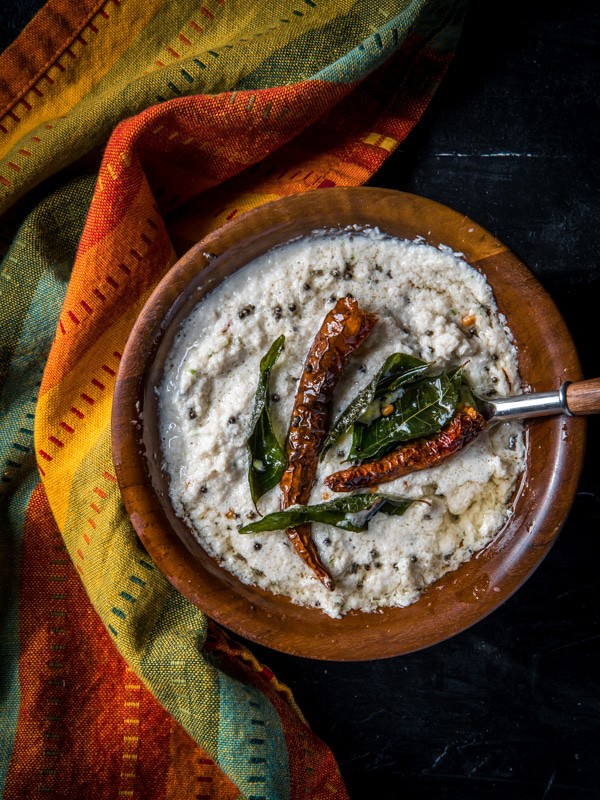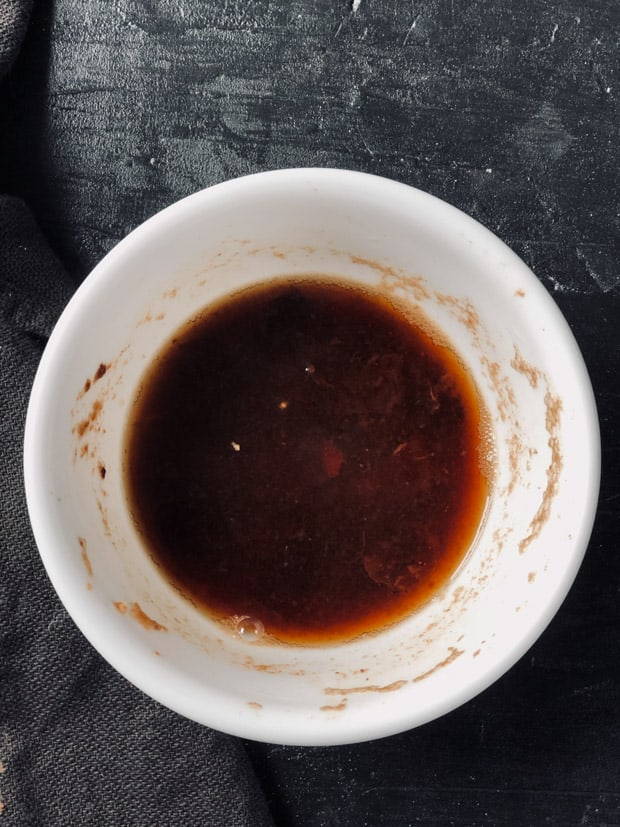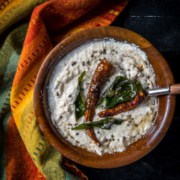Most South Indian breakfast and snacks can’t do without coconut chutney – a coconut-based dip that all of us like to dunk our idli and dosas in.

Coconuts are a quintessential a part of coastal South Indian cuisine. Meals are cooked in coconut oil, curries are made with ground coconut or coconut milk, not to say the variability of chutneys and desserts which might be churned up using freshly grated coconut.
From sweets to curries, chutneys to cooking oil, coconuts are heavily leveraged in South Indian cooking. So, should you leftover coconut after making this chutney you possibly can use the leftover coconut to make this easy 15-minute coconut barfi or these healthy, easy vegetarian or non-vegetarian Mangalorean recipes akin to beans poriyal, cabbage poriyal, kori ajadina or this plantain dish (bareda kai ajadina).
Now, let’s talk concerning the recipe in query – Coconut chutney or Nariyal chutney (Nariyal = Coconut in Hindi).
How does coconut chutney taste?
Typically coconut chutney has a little bit of tang that comes from tamarind juice, a little bit of heat from green chilies and tempering with coconut oil to reinforce the flavour. Coconut chutney or Narial chutney may not taste great by itself however it brings the tasteless tasting dosas and idlis to life once they are paired together.
How do you make authentic coconut chutney?
Ingredients in coconut chutney – To make coconut chutney, start with a cup of grated coconut and grind it to a tremendous paste together with salt, tamarind juice, ginger, and Thai green chilies. The chutney is then topped with a “tadka” which adds flavor – it’s essentially urad dal, red chilies, mustard seeds, and curry leaves that has been tempered in coconut oil.
Now there are various variations to coconut chutney recipes. As an illustration, some add chopped cilantro, cashews, peanuts, roasted chana dal, and a few even include yogurt but for this recipe, we’ll stick with the most straightforward yet flavorful version that works well with all types of dosas, idli, and Pongal.

Testers notes
- While the freshly grated coconut is preferred frozen grated coconut will work as well.
- If you happen to cannot get hands-on fresh tamarind, tamarind paste is option but not tamarind concentrate. Though Tamarind concentrate gives your chutney the specified tang it also darkens the colour of the chutney – so use it as a final resort.
- If using fresh tamarind, take chunks of tamarind from the package. Soak it in 1/2 cup hot water for about 10 minutes before use. You can too substitute fresh tamarind with 1/2 teaspoon tamarind paste or 1/2 a tablespoon of lime juice.

What number of calories are in coconut chutney?
Around 2 tablespoons of coconut chutney could be roughly 120 calories.
How long does coconut chutney last?
It’s best to refrigerate coconut chutney inside a couple of hours of constructing it. The taste is not going to be impacted for two – 3 days under refrigeration. You’ll be able to freeze the chutney to make it last for about 3 months.
If you happen to are in search of more chutney recipes, listed below are a couple of more that you could pair your Indian breakfast and snacks –
- Red chili chutney – a spicy and tangy chutney perfect for south Indian snacks.
- Coriander chutney – This green chutney is ideal for street food.
- Coriander-mint chutney – A delicious combination of cilantro and mint makes it perfect for sandwiches, idlis, and even street food.
- Tamarind date chutney – Here is an excellent easy, quick yet delicious recipe to make this mouthwatering at home using your Easy Pot. Stovetop instructions are included too!
- Peanut chutney – If you happen to love peanuts, this Andhra style peanut chutney is for you. Creamy and finger-licking good, this groundnut chutney is an ideal accompaniment to piping hot idlis, vadas, or dosas.
- Vada pav chutney – This zesty garlic chutney is what makes vada pav so tantalizingly good. It has an extended shelf life and also you’ll find that it’s an amazing option to amp up your meals.

Click on the celebs to rate!
Coconut Chutney
Learn learn how to make coconut chutney – a coconut based dip that all of us like to dunk our idli and dosas in and is vital accompaniment for many South Indian breakfast and snacks.
- 1 cup grated coconut
- ¼ teaspoon tamarind paste or fresh tamarind 2-inch square piece – see note
- ½ cup water or as needed
- 1-2 Thai green chilies coarsely chopped
- ¼ teaspoon grated ginger
- ½ teaspoon salt or as needed
For the tadka / tempering
Prevent your screen from going dark
-
If using fresh tamarind, soak in 1/2 cup hot water for 10 minutes. Run it through a sieve to filter the juice out.
-
Grind coconut together with tamarind paste or tamarind juice from step 1 [read note 1 and 2], green chilies and salt to a tremendous paste in a blender using water as needed [see note 3].
-
Heat oil in a small pan on medium heat. Add mustard seeds and as they begin spluttering add urad dal, byadgi chilies and curry leaves and after 10 -15 seconds take the pan off heat immediately.
-
Add the tempering to ground coconut paste and blend well.
- If using fresh tamarind, take chunks of tamarind from the package. Soak it in 1/2 cup hot water for about 10 minutes before use. You can too substitute fresh tamarind with 1/2 teaspoon tamarind paste or 1/2 a tablespoon of lime juice.
- It is tough to predict how tangy the tamarind juice can be, so all the time add 1/2 of the tamarind juice first, do a taste test and add the remaining.
- If you happen to are using juice from tamarind soaked in 1/2 cup of water, it’s possible you’ll not need additional water to grind the chutney.
Disclaimer: Approximate dietary information is provided as a courtesy and might vary depending on the precise ingredients/brands used. If you’ve got health issues, please work with a registered dietician or nutritionist.
Calories: 113kcalCarbohydrates: 5gProtein: 1gFat: 10gSaturated Fat: 9gSodium: 225mgPotassium: 101mgFiber: 2gSugar: 1gVitamin A: 95IUVitamin C: 25.2mgCalcium: 6mgIron: 0.6mg


